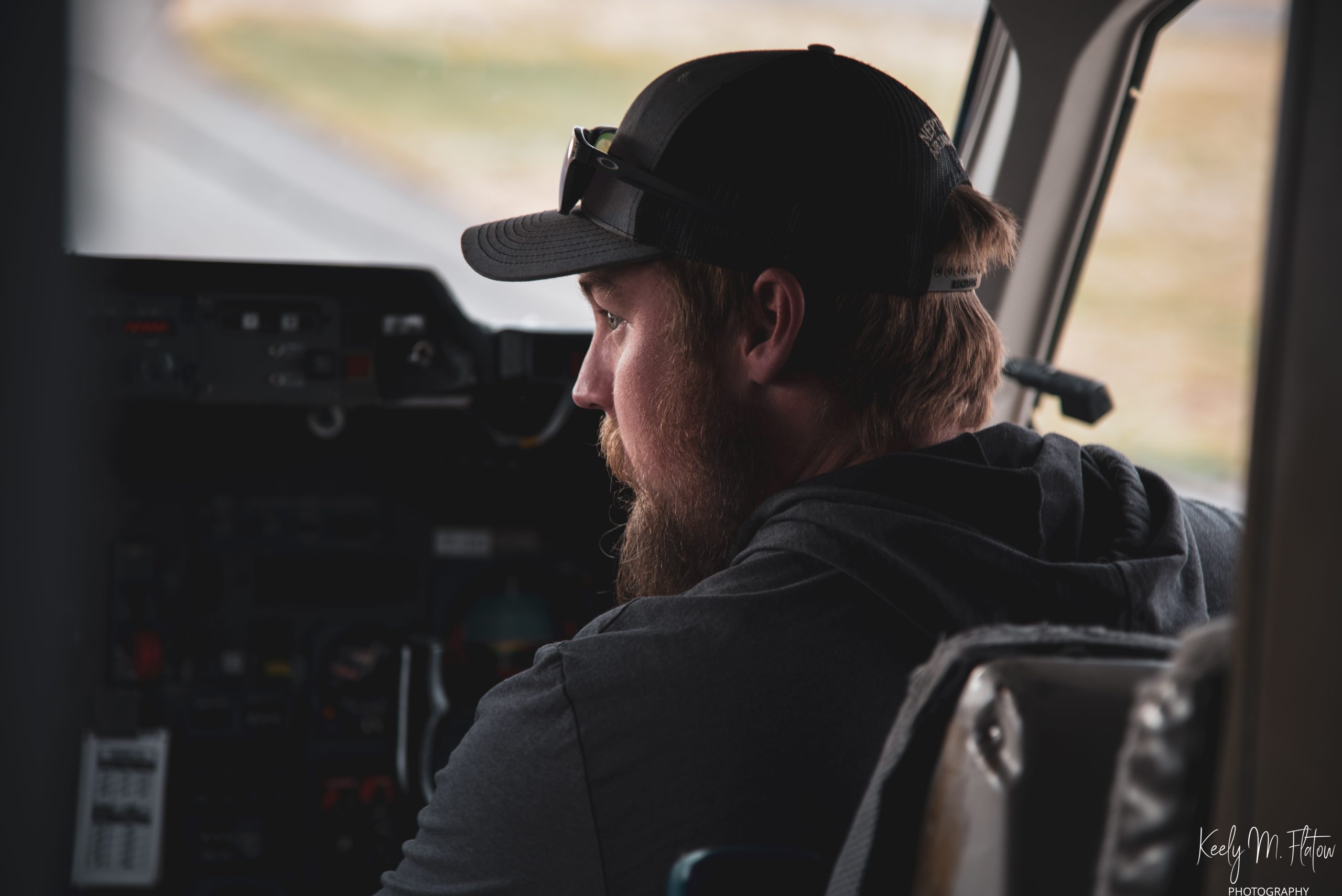The life of a Neptune Tanker Pilot
When most young people consider a career as a professional pilot, flying a commercial jet likely comes to mind first – not dropping retardant from an air tanker to curb a fast-moving wildland fire. Yet, that is exactly the kind of mission which appeals to a certain kind of pilot – specifically one with the flexibility to adapt quickly to change on a moment’s notice and who thrives on a lifestyle that’s anything but that of an airline pilot.
In fact, when recruiting pilot candidates, Neptune Aviation Services, one of the largest air tanker operators in the US, makes that clear.
“We are very upfront that the tanker pilot lifestyle is different,” says Ryan Baer, Chief Pilot of the Missoula, Montana-based company, which operates a fleet of nine air tankers for fire retardant dropping. “We sit ready at a tanker base during the day waiting for a fire. When a dispatch comes in, we have up to 15 minutes to load the aircraft, flight plan, do all the checklists, and get airborne. At Neptune, we usually do this in under 12 minutes.”
Another unique challenge in the air tanker world, stresses Baer, is that, unlike an air transport pilot, a tanker pilot starts each day not knowing where he will be going, or ending up that night. “I have started a day in southern Arizona and wound up in Fairbanks, Alaska, that evening,” he says. “This adds hotel and rental car logistics to our everyday challenge.”
No Day is ever the Same
Still, Baer notes, the appeal of aerial firefighting is that it presents opportunities for professional growth not found flying for a commercial carrier or a corporate flight department.
“There are so many unknowns in our line of work, and no flight is the same,” he stresses. “We takeoff with a rough plan of how to get to the fire and which tanker base we will be reloading retardant; however, we often get diverted along the way. Thinking on your feet and flight planning enroute are skills that most aerial firefighting pilots cultivate.”
The ability to multi-task once in the fire traffic area (FTA), is also essential, as Baer explains. “Flight crews will often be talking on three radios while maintaining separation with other aircraft and determining how to fight a wildfire safely and effectively,” he says. “Poor visibility and bad turbulence are normal in the FTA, which is a very dynamic and challenging part of our jobs. Every pilot flying in the FTA has been trained on how to operate in the FTA and at what altitudes and directions to orbit.”
He adds that for fires on which more than four aircraft are operating, the pilot workload includes communicating with an air attack platform orbiting above the fire. “The aircraft acts like an ATC (air traffic controller), providing separation and traffic flows, as well as working with the ground crews to clear the line and decide tactics on how to combat the fire,” says Baer.
Baer also points out that when a retardant drop takes place, the tanker will be Vref at 150 feet above the terrain. “Getting low and slow in mountainous terrain is something that other pilots normally avoid at all costs,” he says.
Think You’ve Got the Stuff?
There is no question that the high-risk aerial firefighting environment requires a multi-faceted pilot screening and training process. According to Suzie Kendall, Neptune’s Flight Administrator, the company depends mainly on referrals from its current pilot cadre when recruiting pilots. “The Chief Pilot will initiate the hiring process by notifying our current air tanker pilots. In turn, they will pass the word around the airtanker bases, and to trusted pilot friends,” she says.
At Neptune, the minimum prerequisites for a pilot candidate are 2,000 hours of total time, and 1,000 hours of pilot in command, multi-engine time, but as Kendall explains, “firefighting experience, a desire for the mission, with stick-and-rudder skills, and an excellent knowledge of mountain flying” are especially valued. “We also favor pilots who have operated without schedules, are able to perform every aspect of flight preparation – including flight planning, fueling, and logistics – and pilots who can think on their feet and do not get flustered when things don’t go as planned,” she says.
In actuality, Neptune pilots represent a diversity of aviation backgrounds, including passenger airlines, cargo carriers, and the military.
“All those involved with our hiring process will impress upon the candidates the risks involved in aerial firefighting, time away from family and home, and explain some of the mission-specific challenges they will face in this job,” Kendall notes.
If you are interested in becoming a Neptune Tanker Pilot, Kendall says that you should send your resume to [email protected] “We are always looking for talented pilots and if you have the skill set and interest in aerial firefighting, pilots should reach out to us,” Kendall said.
